
- 🛍️ Meet ChatGPT Shopping Recommendations: Your Products, Featured by AI
- 🧠 Why This Matters
- 📦 Product-Side Prep: Start with the Basics
- 🛠️ Technical Setup Checklist: What to Do Behind the Scenes
- ✅ Task 1: Let the Bot In
- ✅ Task 2: Canonicals & hreflang Tags
- ✅ Task 3: Add JSON-LD Structured Data
- ✅ Task 4: Keep Your Sitemap Fresh
- ✅ Task 5: Send Hourly Inventory Updates
- ✅ Task 6: Use Clear, High-Quality Images
- ✅ Task 7: Write Powerful Product Titles
- ✅ Task 8: Schema-Enriched Reviews & Q&A
- ✅ Task 9: Use Tracking Links
- 📉 Common Mistakes to Avoid
- 🚀 Final Thoughts: This Isn’t a Hack — It’s Good Practice
🛍️ Meet ChatGPT Shopping Recommendations: Your Products, Featured by AI
ChatGPT isn’t just for chatting anymore—it’s stepping into the world of shopping.
When someone types something like best standing desk under $500, ChatGPT will shows product recommendations and website link directly in the chat.
These aren't paid ads! They’re selected results based on how well a product fits the request.

AI-driven tools like ChatGPT and Google’s Search Generative Experience are already changing how people find and buy products, since AI gets the top results out of traditional search engines.
Brands that optimize for AI-powered search may have the chance to increase sale up to 30% more.
This new ChatGPT shopping feature makes it easier for users to discover products in a more natural, helpful way—without ever leaving the chat.
See OpenAI’s official announcement to know more about this shopping feature.
🧠 Why This Matters
Getting your product listed in ChatGPT isn’t just nice to have. It’s a smart move for long-term visibility.
And why is that?
-
🤖 AI is changing how people search
According to a Gartner report, by 2026, 30% of all searches will be done through AI-powered interfaces instead of traditional search engines. If your store isn’t ready, you may missing the world biggest evolution. -
🛒 Users are using ChatGPT with purchase intent
When someone asks ChatGPT something like best standing desk under $500, they’re ready to buy. Showing up in that moment means your product is making a big step at increasing the sale.
So, how do you make your product stand out in ChatGPT shopping system?
Let’s break it down step by step—from product readiness to technical SEO and configuration.
📦 Product-Side Prep: Start with the Basics
Before you touch any code, make sure your product is well-positioned across the internet:
-
🎯 Be Everywhere: Publish your product on forums, marketplaces, and shopping engines.
-
🧰 Optimize Review Pages: The more fresh reviews, the more trust you build.
-
🎞️ Build Backlinks: Quality backlinks boost authority and crawl frequency.
-
✏️ Fix SEO Basics: Clean URLs, fast load, proper tags—don’t skip the SEO.
-
🎨 Match Intent: Do deep keyword research to align your product with real queries.
Take Google Shopping as an example:
A small home furniture brand listed their best-selling desk on Google Shopping, using a clean title, high-quality photo, accurate pricing, and strong reviews.
At the same time, they improved their product page speed and added structured data to help Google understand it better.
Within 2 weeks, their desk began appearing at the top of Google Shopping results for terms like minimalist standing desk. Traffic jumped by 40%, and sales increased by 22%—just by combining smart placement with solid SEO and trust signals.
🛠️ Technical Setup Checklist: What to Do Behind the Scenes
Think of ChatGPT system as a super-smart visitor checking out your store. The better your setup, the higher your chances of showing up in front of people already looking for what you sell.
Let’s walk through the key steps to help your products shine when that moment to come.
✅ Task 1: Let the Bot In
Make sure your robots.txt file allows access to your product pages, especially the /products/ directory. If the bot can’t visit your pages, it can’t see or recommend your products.
It’s like putting up a Do Not Enter sign for search engines.
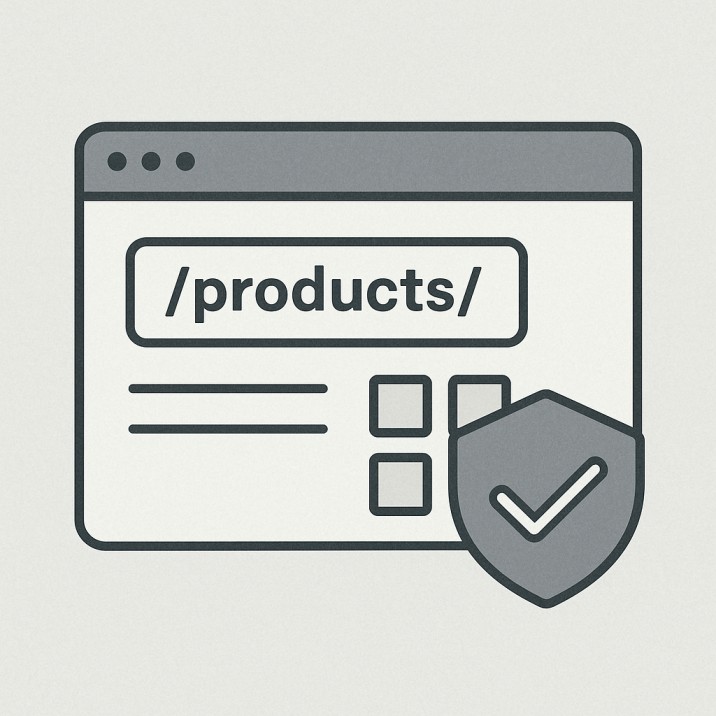
✅ Task 2: Canonicals & hreflang Tags
These help ChatGPT know which version of your page to show and in which language.
This avoids duplicate content issues and ensures users see the right version based on their region or language.
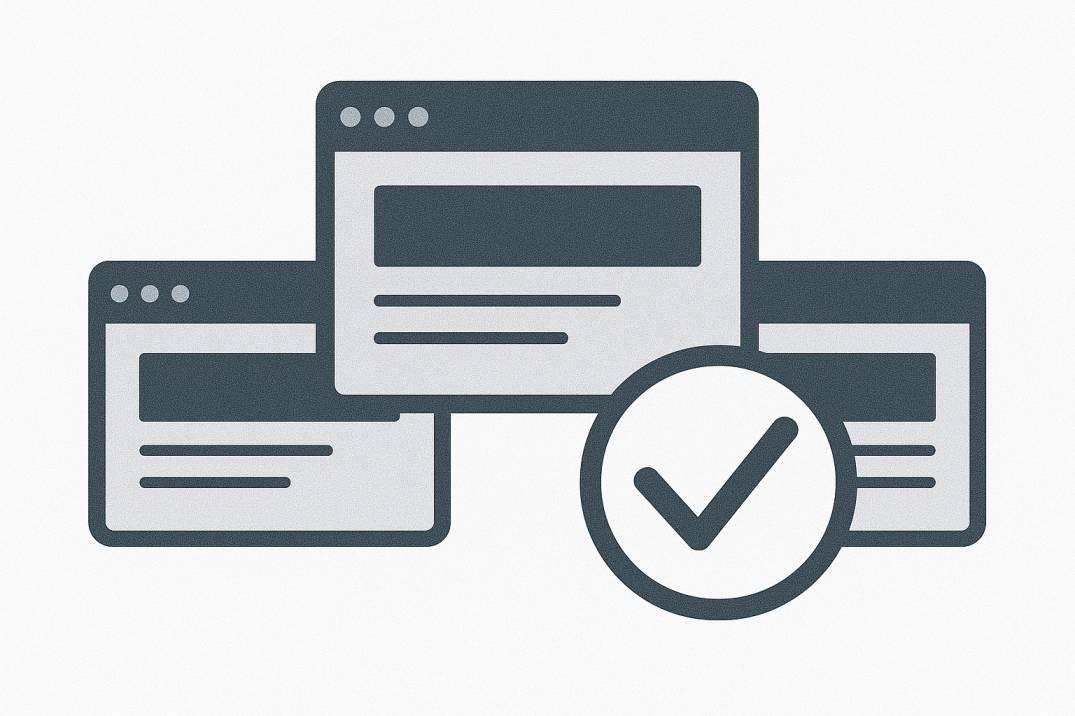
✅ Task 3: Add JSON-LD Structured Data
Use dynamic JSON-LD to highlight information like price, stock availability, ratings,...
This data helps the system fully understand your offer, read the product page correctly and get what you're selling.
Example JSON-LD snippetsz:
{
"@context": "https://schema.org/",
"@type": "Product",
"name": "ErgoFlex-500 Ergonomic Office Chair",
"image": [
"https://yourstore.com/images/ergoflex500.jpg"
],
"description": "Back pain relief in style with full lumbar support.",
"sku": "ERGO500",
"mpn": "12345",
"brand": {
"@type": "Brand",
"name": "FlexSeating"
},
"offers": {
"@type": "Offer",
"url": "https://yourstore.com/products/ergoflex-500",
"priceCurrency": "USD",
"price": "299.00",
"priceValidUntil": "2025-12-31",
"itemCondition": "https://schema.org/NewCondition",
"availability": "https://schema.org/InStock"
},
"aggregateRating": {
"@type": "AggregateRating",
"ratingValue": "4.8",
"reviewCount": "137"
}
}
✅ Task 4: Keep Your Sitemap Fresh
Update your sitemap’s lastmod field whenever you change price or stock because ChatGPT love up-to-date content.
Doing this is like telling them Hey, something’s new here—come check it out!
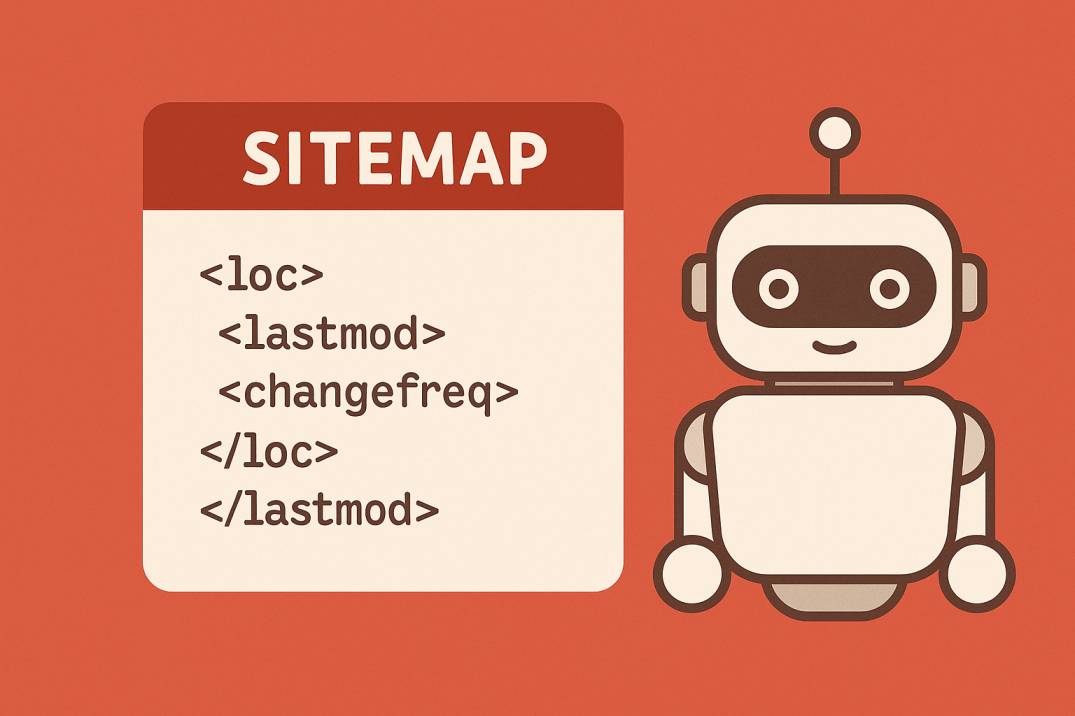
✅ Task 5: Send Hourly Inventory Updates
Use tools like Zapier to push live inventory status every hour. It prevents bots from showing products that are sold out—so your customers aren’t disappointed. No one wants to recommend an out-of-stock item.
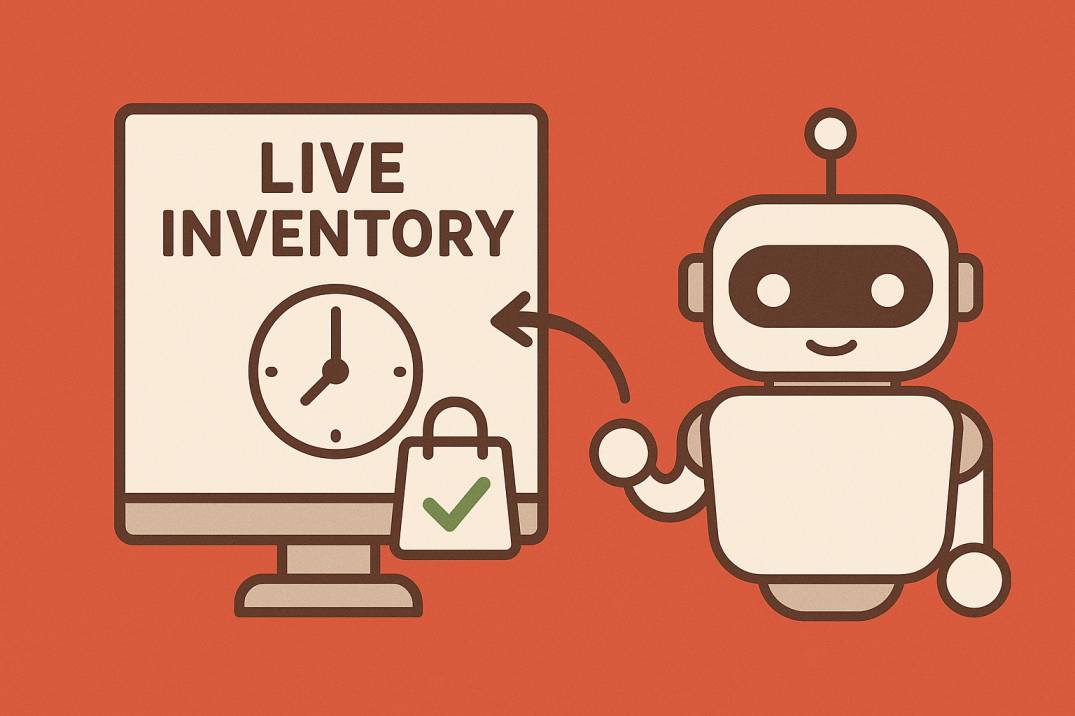
✅ Task 6: Use Clear, High-Quality Images
Images should be at least 800px wide. Avoid text overlays or watermarks, because ChatGPT system always avoids messy visuals. Clear images help users quickly recognize your product and trust it.
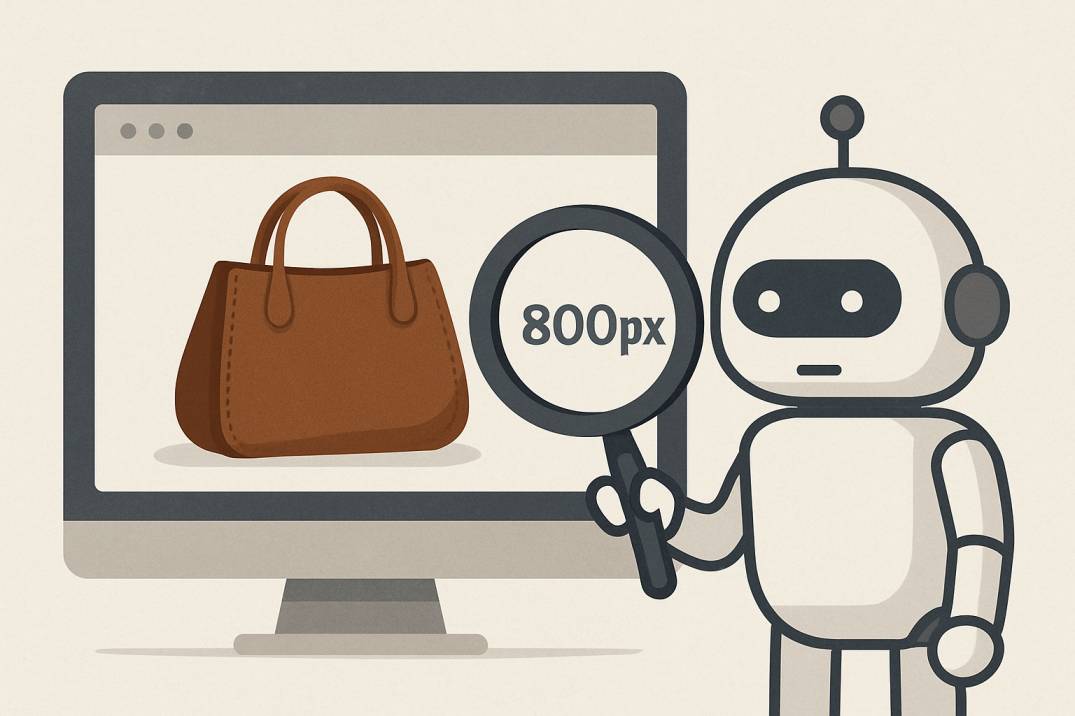
✅ Task 7: Write Powerful Product Titles
Write a short, punchy title that includes a problem, benefit, and SKU. And don’t forget 3 bullet points that tell the story of transformation in just 9 words each.
Good titles make your product easier to match with the right search. Transformation bullets hook the reader emotionally.
Bad Example:
Best chair deal | Hot item 2024 SKU:XCH123X | BUY NOW!!!
Comfortable and great
Helps sitting
Good value and new
-
The title is cluttered with clickbait language BUY NOW!!! and vague phrases Best deal, which don’t tell the bot or customer what problem it solves or who it’s for.
-
The SKU is buried in noise and not linked to any benefit.
-
The bullet points are too generic and don’t describe transformation or value in a clear, punchy way.
Good example :
Ergonomic Office Chair Back Pain Relief in Style – ErgoFlex-500
- Sit all day without aches, strain, or fatigue again.
- Turns poor posture into confident, upright working comfort.
- Upgrade dull chairs into sleek, ergonomic power seats.
-
Problem clearly stated: Back Pain shows what issue this product solves.
-
Benefit is clear and appealing: Relief in Style gives both a physical (relief) and aesthetic (style) advantage.
-
SKU is included and readable: ErgoFlex-500 is cleanly attached, making it easy to track or search for.
-
Bullet Points: Describes the benefit clearly and how it improves daily life.
✅ Task 8: Schema-Enriched Reviews & Q&A
Get 30+ fresh reviews and embed them into your schema. Add a Q&A section with answers to the top 3 customer questions—also marked with schema.
ChatGPT system will prioritize trustworthy listings, and this tells that your product has real, valuable feedback—making it more likely to be recommended.
Use a review app like Judge.me or Stamped.io, which automatically includes structured data. If you’re building your own schema, you can use Shopify Metafields and embed JSON-LD into your product.liquid file.
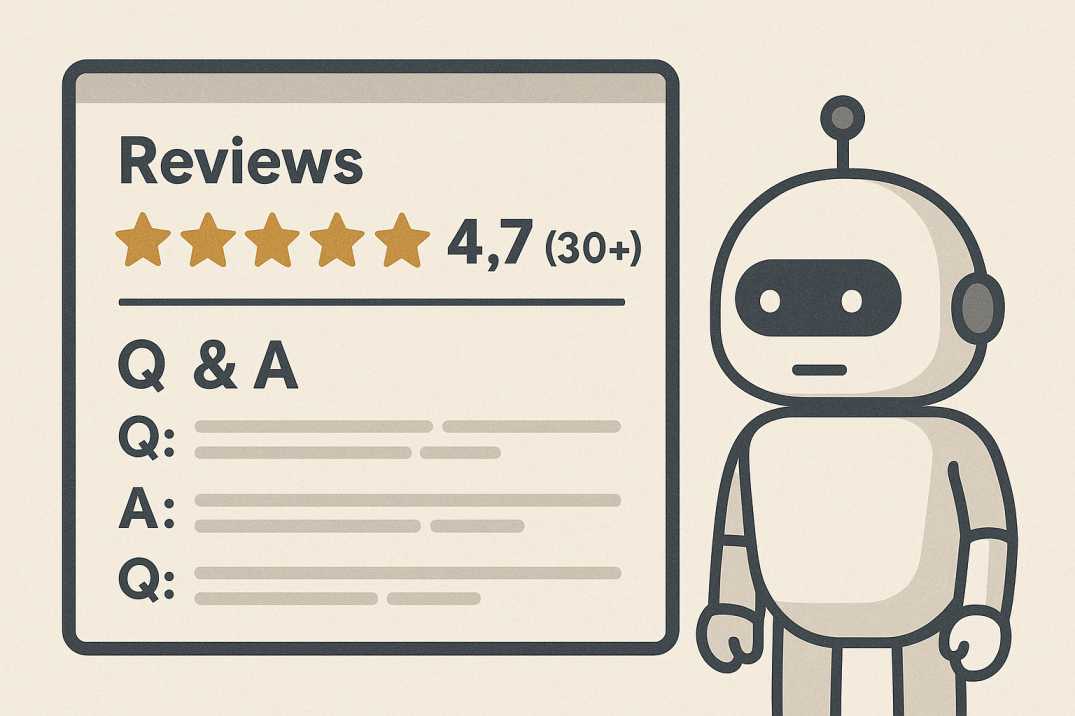
✅ Task 9: Use Tracking Links
Add ?src=gpt4o to your URLs to track traffic from ChatGPT inside Google Analytics.
This helps you see exactly how much traffic and conversion ChatGPT is bringing to your store, so you can make a better optimization.
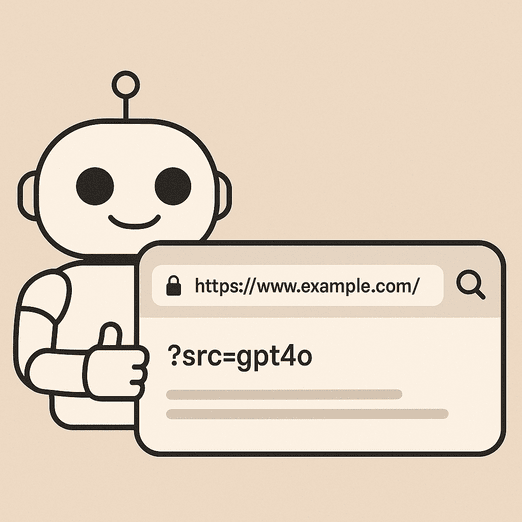
📉 Common Mistakes to Avoid
Even with the best tools, a few common missteps can hold your product back from showing up in ChatGPT’s results. Here’s what to steer clear of:
-
❌ Outdated Structured Data: Not updating price or stock info means bots won’t trust your listing.
-
❌ Low-Quality or Watermarked Images: Images should be clean, sharp, and at least 800px wide—no text overlays.
-
❌ Missing or Broken Schema: Skipping JSON-LD for reviews, Q&A, price, and GTIN leaves your page unreadable to bots.
-
❌ Keyword-Stuffed Titles: Long, cluttered titles confuse the bot—stick to value-focused and readable.
-
❌ No Tracking Setup: Without ?src=gpt4o, you can’t see if traffic is coming from ChatGPT.
Avoiding these pitfalls makes your product more reliable, more clickable, and more likely to earn a spot in ChatGPT-powered experiences.
🚀 Final Thoughts: This Isn’t a Hack — It’s Good Practice
There’s no trickery here. ChatGPT prefers clarity, completeness, and helpfulness. Following those step above and you’re well on your way to standing out in the AI-powered search future.
ChatGPT’s product recommendation feature is still evolving. What works today may change as the platform grows.
Keep your data fresh, your pages clear, and your customers in mind, and you'll be ready for whatever comes next in the world of smart search.
